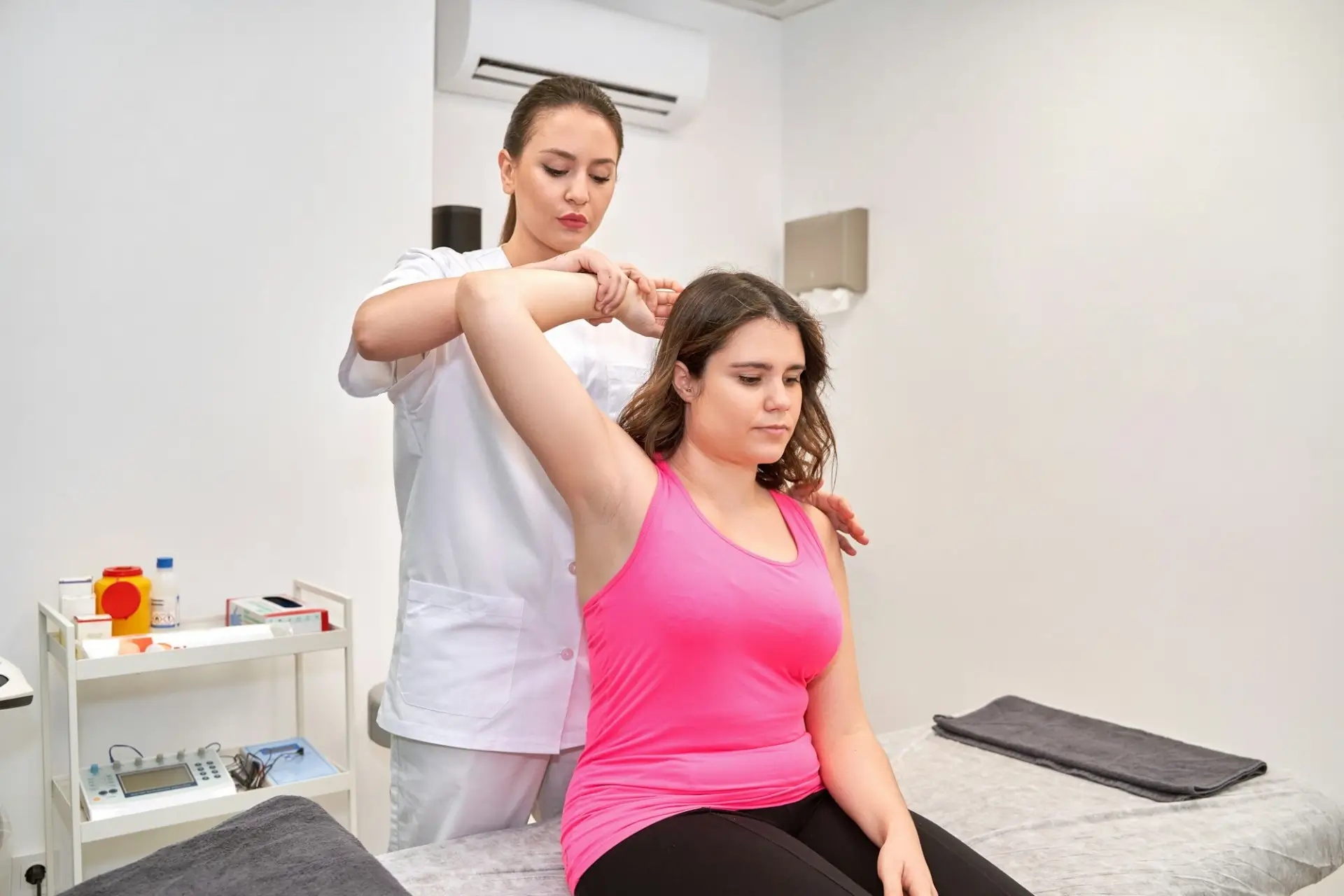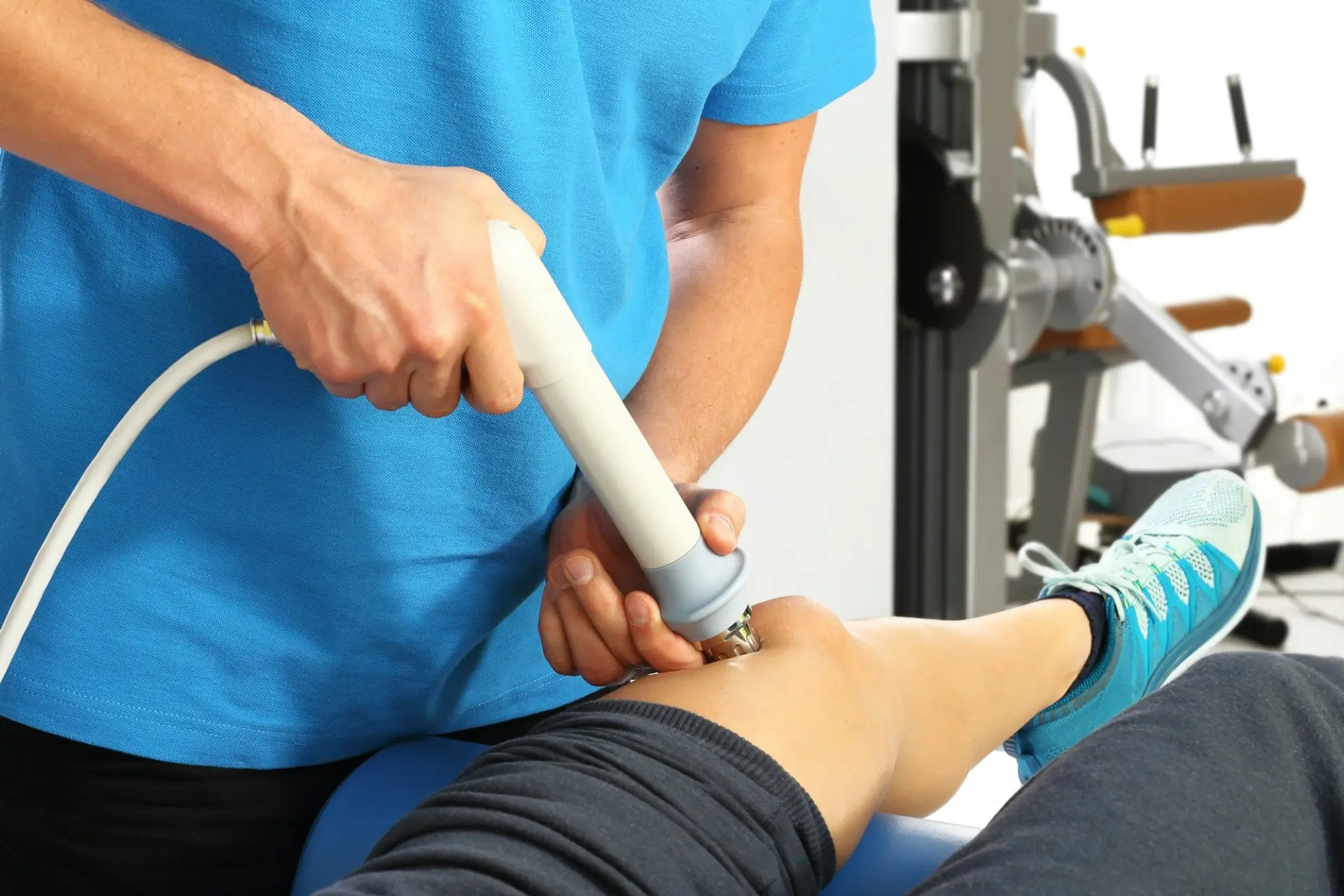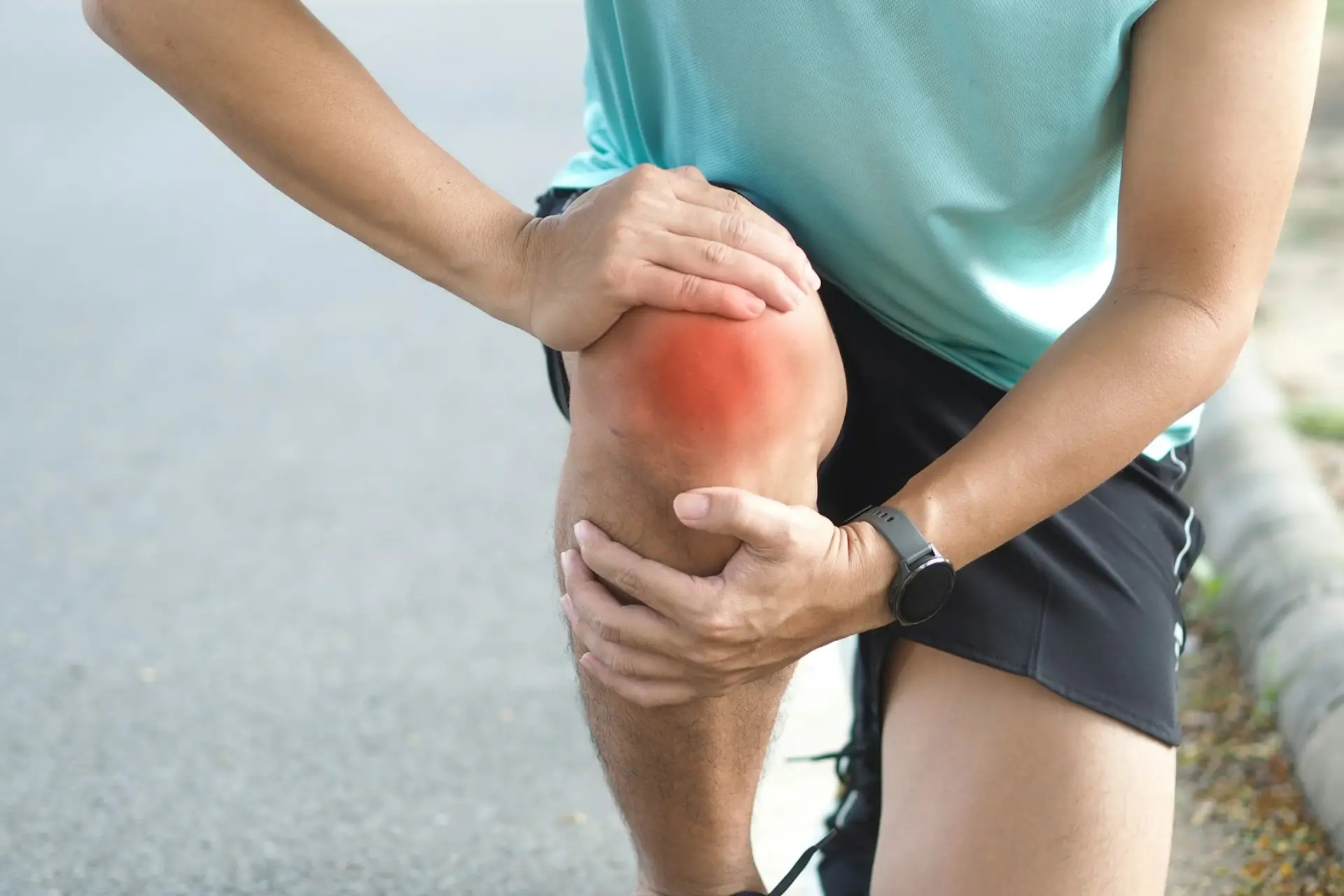The Essential Role of Physical Therapy in Post-Surgical Recovery

Laying the Foundation for a Strong Recovery
Surgery may be the first step towards healing, but recovery can be determined by how safely and quickly you can return to everyday life and, most importantly, move without pain. What happens post-surgery is as important as the surgery itself. This is why post-surgical physical therapy is an integral part of recovery.
At Canyon Lake Chiropractic and Physical Therapy, we understand that no two surgeries or recoveries are the same. That’s why our devoted team creates personalized rehabilitation plans designed to help ease your pain, regain movement, lower the risk of complications, and heal faster.
Healing and Recovery Time
Physical therapy plays an active role in healing and recovery. It provides your body with support and guidance during its healing process.
- Promotes Blood Flow and Circulation: Targeted movements and exercises gently stimulate blood flow to the surgical site. This increased circulation delivers vital oxygen and nutrients essential for tissue repair and regeneration, directly contributing to healing after surgery.
- Reduces Inflammation and Swelling: Controlled movement helps to pump excess fluid away from the surgical area, actively reducing pain and swelling, and promoting faster recovery.
- Prevents Muscle Atrophy and Weakness: After surgery, inactivity can quickly lead to muscle weakness and wasting. Physical therapy introduces carefully progressive exercises designed to combat this, helping you regain strength and prevent disuse atrophy.
By proactively engaging in physical therapy, you’re actively participating in a faster recovery and working to accelerate healing.
Restoring Mobility and Function
Regaining movement is one of the biggest advantages of physical therapy after surgery. Here’s how it can help you:
- Regaining Range of Motion (ROM): Your therapist will guide you through exercises to restore your range of motion, especially in joints, to prevent stiffness and scar tissue limitations.
- Improving Flexibility and Reducing Stiffness: Techniques such as stretching and joint mobilization help to enhance overall flexibility exercises and combat the stiffness that often follows surgery.
- Enhancing Balance and Coordination: Many surgeries, especially those affecting the lower body or spine, can impact balance. Depending on your needs, physical therapy may also include balance training to improve stability and prevent falls.
- Relearning Proper Movement Patterns: After surgery, your body may compensate or adopt new, less efficient movement patterns. Physical therapy helps you relearn correct biomechanics for everyday tasks, ensuring a complete functional recovery.
A tailored post-surgical rehabilitation program can help you improve your mobility after surgery and regain core functions so that you can move forward with your life.
Pain Management (Beyond Medication)
While pain medication plays a crucial role immediately after surgery, physical therapy can offer sustainable, long-term pain management post-op strategies.
- Non-Pharmacological Pain Relief Techniques: Our therapists utilize techniques such as manual therapy, therapeutic exercises, modalities (like heat or cold therapy), Graston Techniques, Active Release Techniques, and dry needling to reduce discomfort naturally.
- Reducing Reliance on Opioid Pain Medications: Physical therapy can help in reducing opioid dependence by effectively managing pain through natural movement and other techniques.
- Addressing Root Causes of Pain: Instead of masking pain, physical therapy addresses the underlying causes of post-surgical discomfort, such as muscle tension, nerve irritation, or joint stiffness, leading to genuine pain relief after surgery.
Choosing physical therapy for pain means choosing a holistic approach to reduce pain and promote lasting comfort.
Minimizing Complications and Preventing Re-Injury
Preventing setbacks is just as important as making progress. That’s why physical therapy is an essential part of reducing post-surgical risks.
- Preventing Blood Clots and Circulatory Issues: Gentle, controlled movement soon after surgery is critical in lowering the risk of complications like deep vein thrombosis (DVT).
- Lowering the Risk of Infection: Staying active helps maintain healthy circulation, supporting the body’s natural defenses and creating better healing conditions.
- Managing Scar Tissue Formation: Specialized techniques and exercises can limit excessive scar tissue, which often leads to stiffness and discomfort. By keeping tissues flexible, physical therapy supports better mobility and long-term function.
- Strengthening Supporting Muscles: Physical therapy provides critical support by building strength around the surgical site, acting as an injury prevention measure against re-injury.
Through proactive post-op safety measures, physical therapy helps safeguard your recovery.
Customized Rehabilitation Plans
At Canyon Lake Chiropractic and Physical Therapy, we firmly believe in the importance of individualized treatment plans.
- Tailored to Your Specific Needs: After a thorough assessment, your physical therapist will design a personalized physical therapy program that considers your specific surgery, individual recovery rate, and personal goals.
- Adaptable Programs: Your rehabilitation plan is dynamic. It will be continually adjusted based on your progress, ensuring you are constantly challenged appropriately without being overstressed.
- Home Exercise Programs and Patient Education: A significant part of your recovery happens outside the clinic. To empower you to actively participate in your healing, you’ll receive clear instructions and support for home exercises. We also prioritize patient education, ensuring you understand your condition and the rationale behind your treatment.
Your customized rehab is your unique roadmap to a successful recovery.
The benefits of physical therapy don’t stop once the initial recovery is over; they continue to support your long-term health.
- Building Lasting Strength and Resilience: Through guided exercises and movement, physical therapy strengthens your body, improves endurance, and builds resilience to help you stay healthy and active well into the future.
- Returning to Daily Activities, Hobbies, and Work: With improved strength, mobility, and confidence, you’ll be better prepared to return to activity, whether it’s walking the dog, enjoying your favorite sport, or getting back to your job.
- Improving Overall Well-Being and Mental Health: Successfully navigating a recovery journey can significantly boost confidence and reduce anxiety. Engaging in physical activity also has proven mental health benefits, releasing endorphins and fostering a sense of accomplishment.
Physical therapy is an investment in your quality of life after surgery, long-term recovery, and post-surgical wellness.
Invest in Your Recovery with Physical Therapy
Post-surgical physical therapy is not just an optional extra. It is a vital part of achieving a complete and successful recovery. From accelerating healing and easing pain to restoring mobility and preventing complications, the benefits are clear. By committing to a personalized rehabilitation program, you are not only recovering from surgery but also building a stronger and more resilient future.
Do not leave your recovery to chance. Take the next step toward healing with confidence.
Call Canyon Lake Chiropractic and Physical Therapy today to schedule your consultation and learn how post-surgical rehabilitation can guide you back to full health and vitality.
Frequently Asked Questions (FAQ)
Q1: How soon after surgery should I start physical therapy?
A1: The timing varies greatly depending on the type of surgery. Your surgeon will provide specific instructions, but often, physical therapy can begin within days or weeks after your procedure, sometimes even while you are still in the hospital. Early, gentle movement is usually key.
Q2: Will physical therapy be painful?
A2: While you might experience some discomfort or soreness as you work to restore mobility and strength, it should never cause sharp or unbearable pain. Your therapist will work within your pain tolerance and adjust exercises to ensure your safety and comfort. They will teach you how to differentiate between “good” pain (like muscle fatigue) and “bad” pain (indicating injury or overexertion).
Q3: How long will I need physical therapy?
A3: The duration depends on several factors, including the type of surgery, your healing rate, your commitment to the program, and your personal recovery goals. It could range from a few weeks to several months. Your physical therapist will assess your progress and adjust your treatment plan accordingly.
Q4: Can I do physical therapy exercises at home without a therapist?
A4: While a home exercise program is a crucial part of your recovery, it should always be prescribed and overseen by a qualified physical therapist. They provide critical guidance, ensure correct form, progressively advance your exercises, and identify potential issues you might miss. Starting without professional guidance can lead to improper technique, re-injury, or slower recovery.
Q5: Does insurance cover physical therapy?
A5: Most extended health insurance plans in the United States cover at least a portion of physical therapy services. However, coverage varies widely depending on your specific policy. It’s always best to contact your insurance provider directly to understand your benefits, deductibles, and any referral requirements before beginning treatment.
Disclaimer: The information provided in this blog post is for general informational purposes only and does not constitute medical advice. Consult with your surgeon, physician, or a qualified physical therapist for personalized advice and treatment regarding your specific post-surgical recovery.


